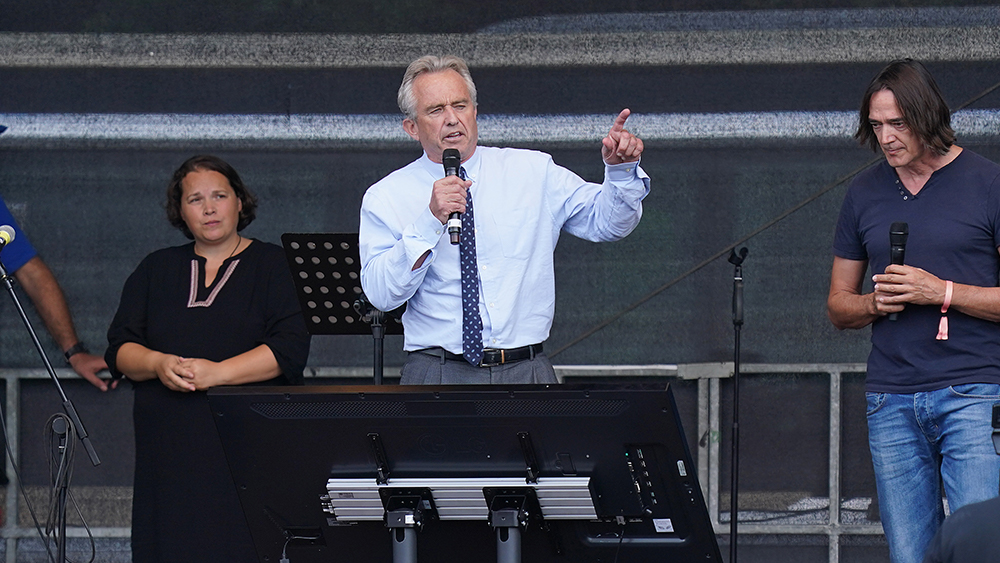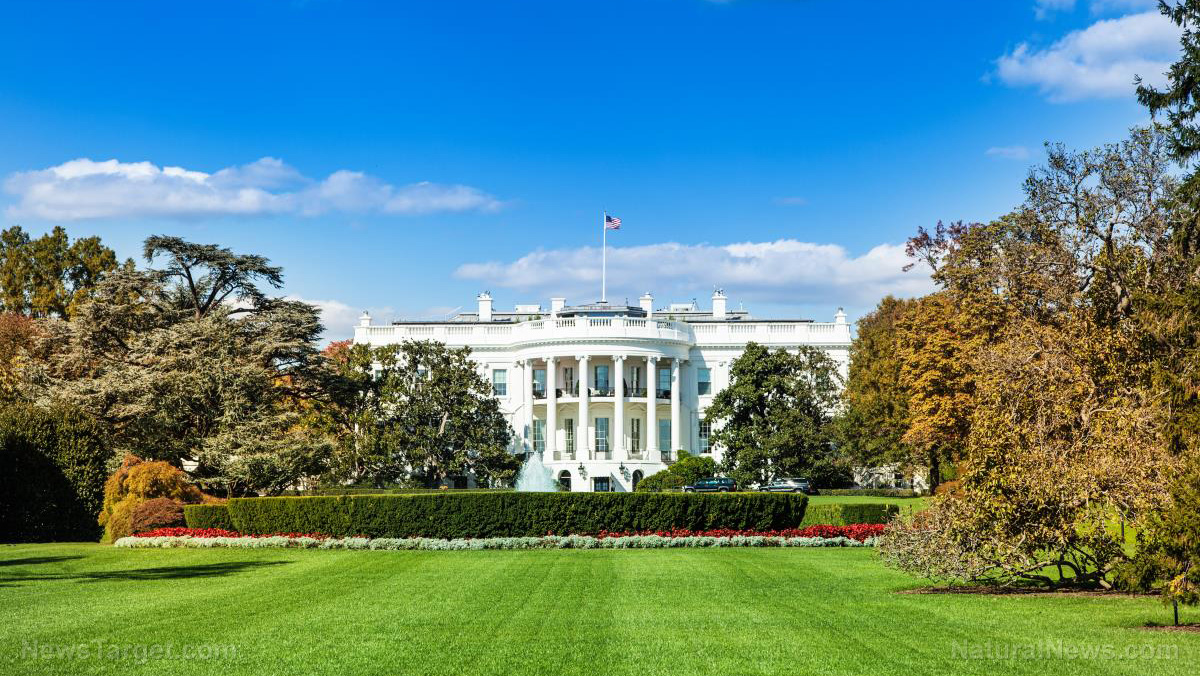
Mexican Foreign Minister Marcelo Ebrard said the country shares the vision and values of the BRICS group. He also expressed hope that Mexico City will deepen its cooperation with the group in various fields, especially in medicine and trade.
The Central American nation with a population of 120 million boasts having the second-largest economy in Latin America, next to Portuguese-speaking Brazil. Mexico has already established close ties with China – its second-largest trading partner after the United States. Moreover, Mexico has also participated in several BRICS summits as an observer and guest.
The five-member BRICS – Brazil, Russia, India, China and South Africa – was formed in 2009 to challenge the dominance of Western-led institutions such as the International Monetary Fund and the World Bank. A 2001 paper by former Goldman Sachs chief economist Jim O'Neill predicted the rise of the group, at the time not including South Africa.
In a bid to support member countries' economic growth and stability and remove themselves from the West's control, the BRICS group established the New Development Bank and ratified the Contingent Reserve Arrangement. The group represents about 40 percent of the world's population, 30 percent of the world’s GDP and 20 percent of the world’s trade.
Mexico's BRICS membership not a walk in the park
Mexico's decision to join BRICS comes amid growing tensions with the U.S. over a myriad of issues such as immigration, border security, trade and human rights. Mexico has also faced criticism from the U.S. for the way it handled the Wuhan coronavirus (COVID-19) pandemic and its alleged role in the crisis in Venezuela.
In response, Washington has demanded the Central American country to do more to stop the flow of illegal aliens that seek to enter America unlawfully. Aside from this, the U.S. government has also threatened to cut off aid and imposed tariffs on Mexican goods.
Mexico's bid to join BRICS is not a walk in the park, however. While the five-member group has not formally announced any criteria or process for accepting new members, Russia has suggested that five new countries could be part of it in 2023.
The BRICS group also has different interests and agendas that may not always align with Mexico's, leaving the country to balance its relations with other countries such as China and India. Furthermore, Mexico may also have to deal with the possible backlash from the U.S. – which may deem Mexico's alignment with the BRICS group as a threat to its national hegemony.
But if Mexico does get accepted into the group, it will join five other nations – Iran, Argentina, Saudi Arabia, Turkey and Egypt – as new members. Back in July of last year, BRICS International Forum President Purnima Anand confirmed the applications of the five countries.
"All these countries have shown their interest in joining and are preparing to apply for membership. I believe this is a good step because expansion is always looked upon favorably. It will definitely bolster BRICS' global influence," she said.
"I hope that these countries will join the BRICS quite shortly, as all the representatives of core [group] members are interested in expansion. So it will come very soon."
A month prior, Moscow announced that Buenos Aires and Tehran were preparing to join the group. It also presented the two nations' BRICS applications as evidence that the West's response to Russia's attack on Ukraine was failing. (Related: Argentina, Iran apply to join BRICS group of emerging economies.)
"While the White House was thinking about what else to turn off in the world, ban or spoil – Argentina and Iran applied to join BRICS," said Maria Zakharova, spokeswoman for the Russian Ministry of Foreign Affairs.
Watch this video about Mexico's decision to join BRICS.
This video is from the Rudyk Report channel on Brighteon.com.
More related stories:
African nation wants to join BRICS.
IMF trying to bribe Egypt away from BRICS with new loans.
Potential BRICS expansion could mark end of dollar as world's pre-eminent currency.
Sources include:
Please contact us for more information.






















